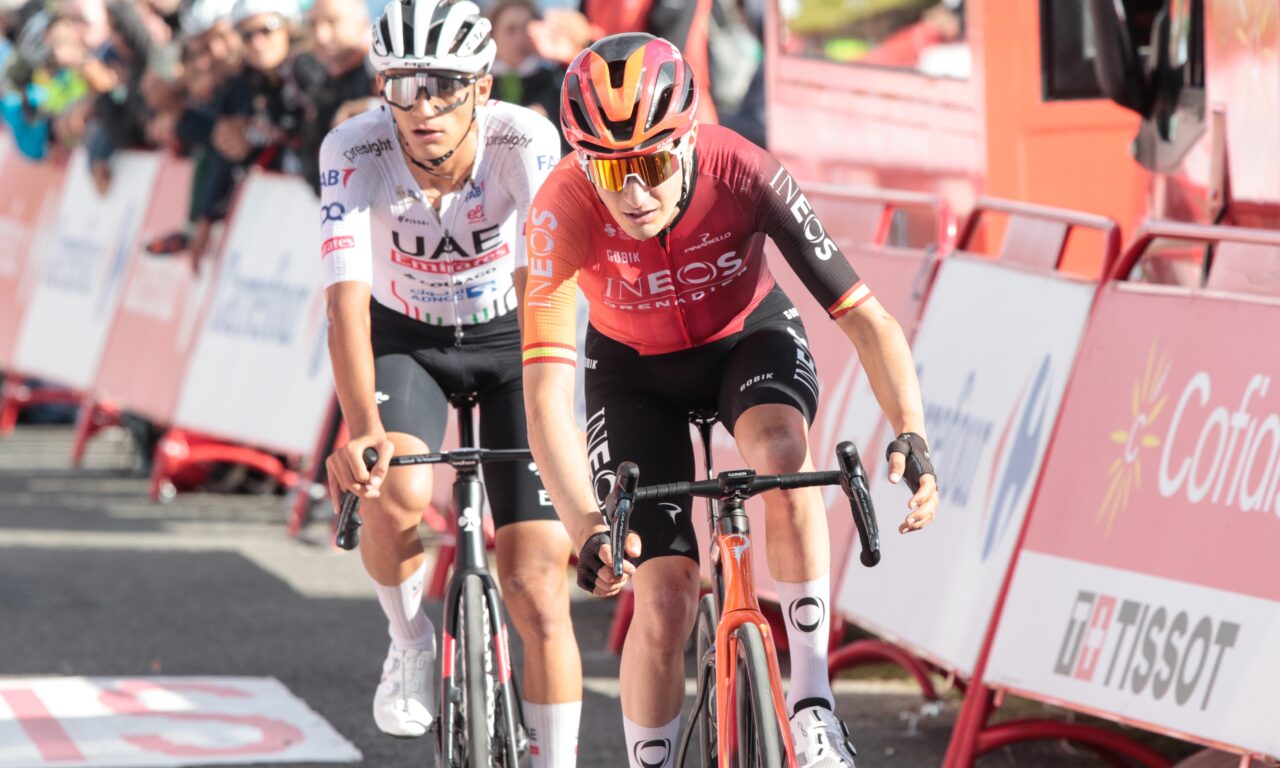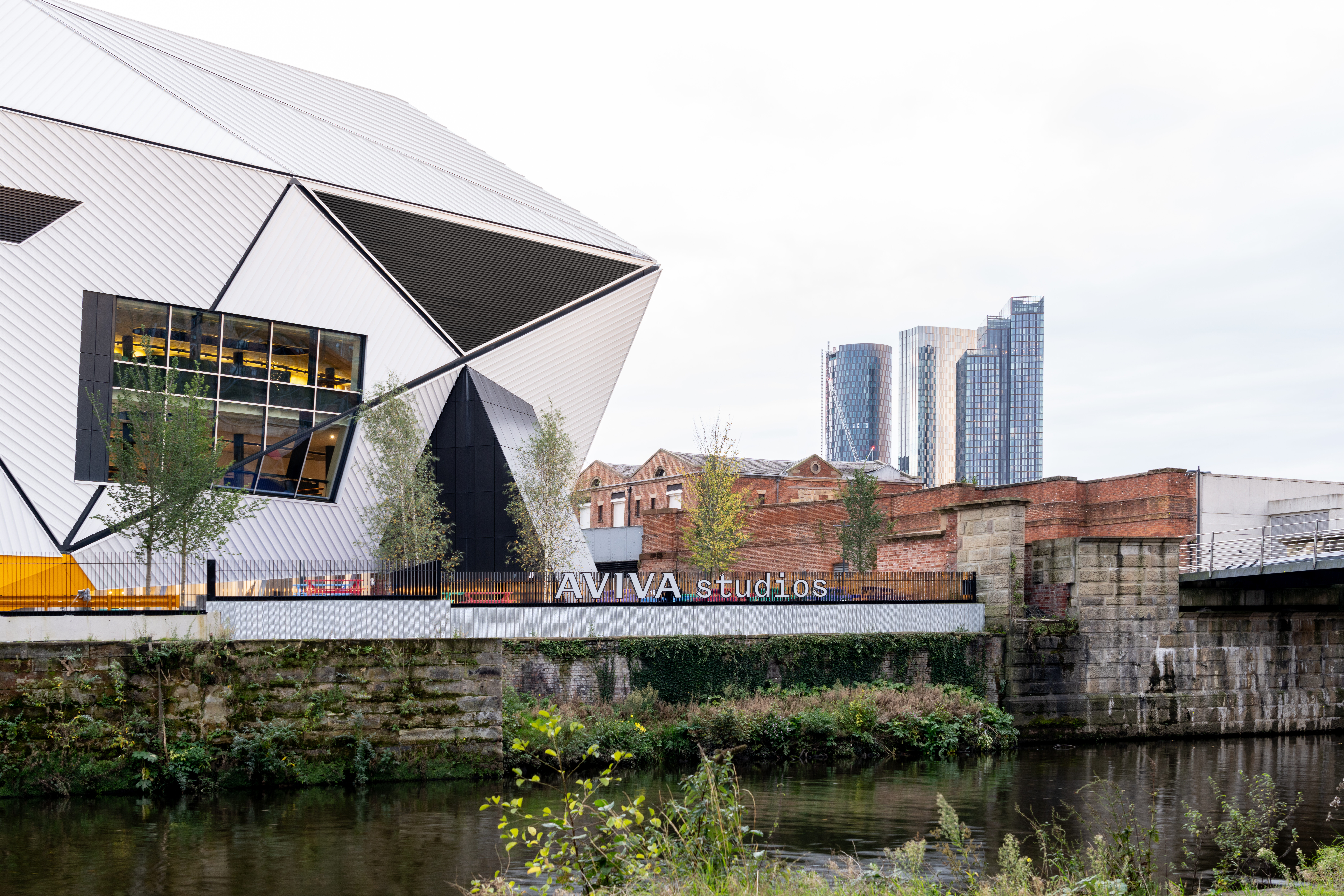The state of cycling sponsorship: Challenges and opportunities

Cycling is a sport of contrasts. At the top, marquee events like the Tour de France and organisations like British Cycling continue to attract significant sponsorship deals, showcasing the sport's appeal and commercial value. However, below the surface lies a harsh reality: smaller teams and events are desperately struggling, with some already folding due to a lack of funding. This paradox underscores the complex nature of cycling sponsorship, where opportunities abound but challenges remain deeply entrenched.
A bright spot: Successes at the top
Cycling has seen significant sponsorship wins in recent years. The Tour de France, generated over $70 million in sponsorship revenue last year from brands such as Skoda, Continental, Tissot, Vittel and others, underscoring its commercial clout.
Nike has re-entered the sport, signing a partnership with top-tier women's professional cycling team FDJ-Suez.
Similarly, British Cycling’s recent £20 million partnership with Lloyds Bank has been hailed as one of the sport's most significant deals. This landmark sponsorship secures the future of key events like the Tour of Britain and provides critical support for grassroots initiatives.
Lee Gibbons, Sponsorship Consultant and NED of British Cycling, explains:
“The fact that Lloyds’ last major sponsorship investment was their Tier 1 partnership with London 2012, and they chose to re-enter the discipline as British Cycling’s Lead Partner is a testament to the strength of the sport. It offers a broad and diverse audience, both as fans and participants, from the traditional road cyclist to younger, more urban sport options like BMX.”
The sport is evolving its competition formats to boost fan and sponsor engagement. The inaugural UCI Cycling World Championships, combining 13 events, was a major success, drawing over 200 million hours of TV viewership—a 75% increase from typical years. Road cycling accounted for half of this, breaking audience records across Europe, where more than 80 million tuned in.
These examples highlight cycling's continued value to commercial brands, particularly those looking to align with purpose-driven initiatives and tap into a diverse and affluent global audience.
A harsh reality: Struggles for smaller teams and events
Despite the success of big events, many smaller teams and races face mounting financial pressure. British UCI Continental teams like Saint Piran and Trinity Racing have folded, unable to bridge funding gaps. Even high-profile teams like Ineos Grenadiers, despite being backed by Sir Jim Ratcliffe’s Ineos empire, are now seeking new sponsorship partners to keep pace with competitors after their worst season in 2024.
High-profile events have also faced significant challenges. The Women’s Tour, Britain’s longest-running major international stage race, was cancelled in 2024 due to a £500,000 funding shortfall. Similarly, RideLondon, a prestigious cycling event briefly saved following sponsorship by Ford, is now being paused entirely for 2025.
These struggles reveal a deeper issue: the sport’s reliance on sponsorship has left many teams and events vulnerable. The lack of sustainable funding models threatens the existence of smaller teams and events and risks weakening the sport's development pipeline and long-term appeal to sponsors. Speaking to Cycling Weekly, Josh Hand, owner of British elite squad Spectra Racing, described the grind to secure backing:
“I wouldn’t say it’s more challenging this year than in the past, but it’s just always a definite level of incredibly challenging.”
For Hand, an ideal annual budget sits at £60,000, a figure that most teams find nearly impossible to secure.
The cycling sponsorship value proposition
The financial struggles of many teams and events in cycling remains a puzzling contradiction. From the outside, cycling sponsorship appears to be a highly valuable investment for brands, offering a variety of unique benefits:
- Affluent and diverse audience: Cycling attracts an affluent global audience, providing sponsors with access to individuals, families, and communities who actively participate in the sport.
- Relatively low cost: Compared to similar sports like golf or sailing, cycling sponsorship offers a lower price point while delivering significant value.
- Brand ownership opportunities: Sponsors can play a leading role in cycling by owning a team or event, creating significant brand exposure and alignment opportunities.
- Participation potential: Cycling events often include participation opportunities for employees and clients, enabling sponsors to create memorable engagement experiences.
- Sustainability alignment: Cycling is inherently sustainable, making it a natural fit for brands prioritising green initiatives.
- Gender-neutral opportunities: With robust men’s and women’s events, cycling offers sponsors a chance to support gender equality while accessing growing audiences.
- Low barriers to entry: Sponsors can support individual athletes for as little as £10,000, leveraging cycling’s brand attributes—endurance, determination, and strength—at an accessible cost.
- White knight role: Sponsors have the chance to rescue struggling events and teams, becoming heroes in the eyes of fans and communities.
The challenges of appealing to sponsors
The flexibility that makes cycling attractive to sponsors can also create challenges that undermine its long-term appeal. Cycling teams frequently rebrand to reflect new sponsorship deals, which provides increased visibility but can also weaken fan loyalty and make it difficult to establish a long-term connection. Unlike traditional sports teams with enduring names and legacies, cycling teams often struggle to build a dedicated, long-term fan base. As a result, fans often feel a greater affinity towards individual athletes.
Another significant hurdle is the limited media coverage many cycling events receive. Many races struggle to gain consistent broadcast or media attention outside of marquee events like the Tour de France, which dominate global headlines and draw massive audiences. This limited exposure reduces the potential return on investment for sponsors targeting a broader reach.
Cycling events also present unique logistical challenges. While these events frequently attract large in-person audiences, their sprawling nature—often stretching across vast distances—makes it difficult for sponsors to engage fans in a single, central location. This contrasts with sports held in fixed venues, where sponsors can create immersive on-site activations.
How can brands make the most of cycling sponsorship?
Cycling sponsorship offers brands unique opportunities to connect with a diverse and engaged audience. However, to maximise the value of their investment, sponsors must adopt tailored strategies that address the sport's unique characteristics and challenges.
- Focus on individual athletes for brand ambassadorship: Many fans feel a stronger connection to individual cyclists than to teams, making brand ambassador partnerships with popular athletes a powerful option. These partnerships allow brands to leverage an athlete's following, aligning with values like endurance, determination, and strength while amplifying the sponsor's visibility through the athlete’s platforms.
- Engage families and communities: Cycling’s inclusive nature and appeal to all levels—from young children to keen amateurs—make it a powerful tool for connecting with families and communities. Sponsors can maximise their impact by using their cycling sponsorship as a hook to create family-friendly activations, grassroots programs, or community events that resonate across a broad demographic.
- Leverage digital and social media campaigns: In a sport where audiences are dispersed, and broadcasting opportunities are limited outside of marquee events, digital and social media campaigns become more critical than ever. Sponsors must focus on crafting compelling content for their owned media channels, highlighting their involvement and connecting with fans online. A strong digital strategy ensures brand visibility even when traditional broadcast coverage is unavailable.
- Highlight sustainability and purpose: As one of the most sustainable sports, cycling aligns naturally with brands prioritising environmental and social initiatives. Sponsors can amplify their messaging by tying their cycling sponsorship to broader purpose-driven campaigns, such as promoting green mobility or supporting gender equality in sports.
Conclusion: A sport worth sponsoring?
Cycling sponsorship offers global reach, an engaged audience, and opportunities for brands to align with purpose-driven initiatives. However, for the sport to thrive, the challenges facing smaller teams and events must be addressed.
Showpiece events like the Tour de France should be more active in supporting grassroots development and providing financial stability for the wider cycling ecosystem.
For brands, cycling offers a unique chance to connect with passionate communities, champion sustainability, and showcase values like endurance and determination. By supporting smaller teams and events, sponsors can secure a strong return on investment and play a pivotal role in shaping the future of the sport.
Register for a free account to get the latest practical sponsorship tips and expert insights to make your campaigns more impactful and increase your return on investment.
Author: Sean Connell, Editor, The Sponsor









